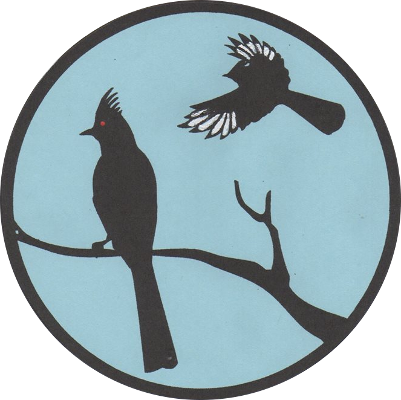Several masked and socially distancing leaders from the San Fernando Valley Audubon and California Native Plant Societies visited the Sepulveda Basin Wildlife Reserve three days after the disastrous September 6 wildfire. The goal was to survey damage, get an idea of what natural recovery to expect, and begin developing an action plan.
A second walkthrough took place on Tuesday 9/15/20, with different interested parties and skill sets participating.
SFVAS is joining with fellow stakeholders, both public and private, to determine the most appropriate actions to be taken, and in what order The goals are to speed recovery of the habitat, enhance it where possible, and ultimately restore the Wildlife Reserve’s urban oasis for proper public use and enjoyment.
(To see a gallery of post-fire photographs, click here.)
The destruction of plant life was extensive, with 70 – 80% of the area burned to the ground. The majority of shrubs and weeds were turned to ash, although there may be living roots capable of resprouting to create new shrubs. The Reserve’s many fully established trees sustained a spectrum of damage from complete, to “probably have to be removed” to “will probably survive” to “will definitely survive.”
The damage along Haskell Creek is also extensive. Water flow is dammed by fallen trees which should be cleared before heavy rains. Despite the destruction of plants, Tilapia and Mosquito Fish were seen in the creek. A great deal of analysis and discussion will go into the project of restoring riparian growth, repairing bridges and improving access.
Amazingly, this near-moonscape still contains a bustle of avian life. Of course, the lake still has all its fish, so the lives and habits of Egrets, Cormorants, Grebes, Coots and Mallards were less disrupted than most. But during the first tour, at least two kestrels lingered near the lake and in the trees on the island; a Cooper’s Hawk and a Red-tailed Hawk were seen in amphitheater area; an Osprey flew low over the lake and a Caspian Tern dove into it. Many Turkey Vultures soared over the burn, undoubtedly attracted by small dead animals. Also observed were California Towhees, a Nuttall’s Woodpecker, a Great Blue Heron and Snowy Egrets. A Song Sparrow was heard. A significant number of young Western Brush Rabbits hopped around in clumps of surviving plants. A surviving mouse was photographed the day after the fire; presumably there were many small rodents that were not seen. A survey of selected areas on September 16 revealed the presence of numerous reptiles and insects.
To see photographic evidence of survivors, click here.
To see a list of birds seen post-fire, as reported to eBird, click here
The fire is without question a major disaster for anyone who loves and frequents the Reserve, even more so for the birds and animals that call it their home or migratory resting place. But fire, here as in nature, provides an opportunity for regrowth. SFVAS, CNPS and other members of the Sepulveda Basin Wildlife Areas Steering Committee have long worked to create a native landscape and cull invasive plant species in the Reserve. We will collaborate with L.A.’s Recreation and Parks Department and the Army Corps of Engineers (who own the property) to re-establish as many native plants as possible, to remove weeds and enhance the habitat.
We have also been vocal about the need for better patrolling of the area by the park rangers and police. The fire has made clearer than ever that there is too much misuse of the hidden areas of the Reserve. This was by no means our first fire caused by human occupancy, only by far the most extensive. We hope that officials who have the resources to enforce reasonable prohibitions – fully communicated in signs all over the Reserve — will step up and do so.
The long and short of it is that there is much work to be done. The Reserve will need intensive rehabilitation, some of which will be accomplished by professionals and some by caring stakeholders. There will no doubt be times when the call goes out from SFVAS for volunteers, once it is determined what can be done safely to help with this enormous and rewarding project.
Stay tuned.
